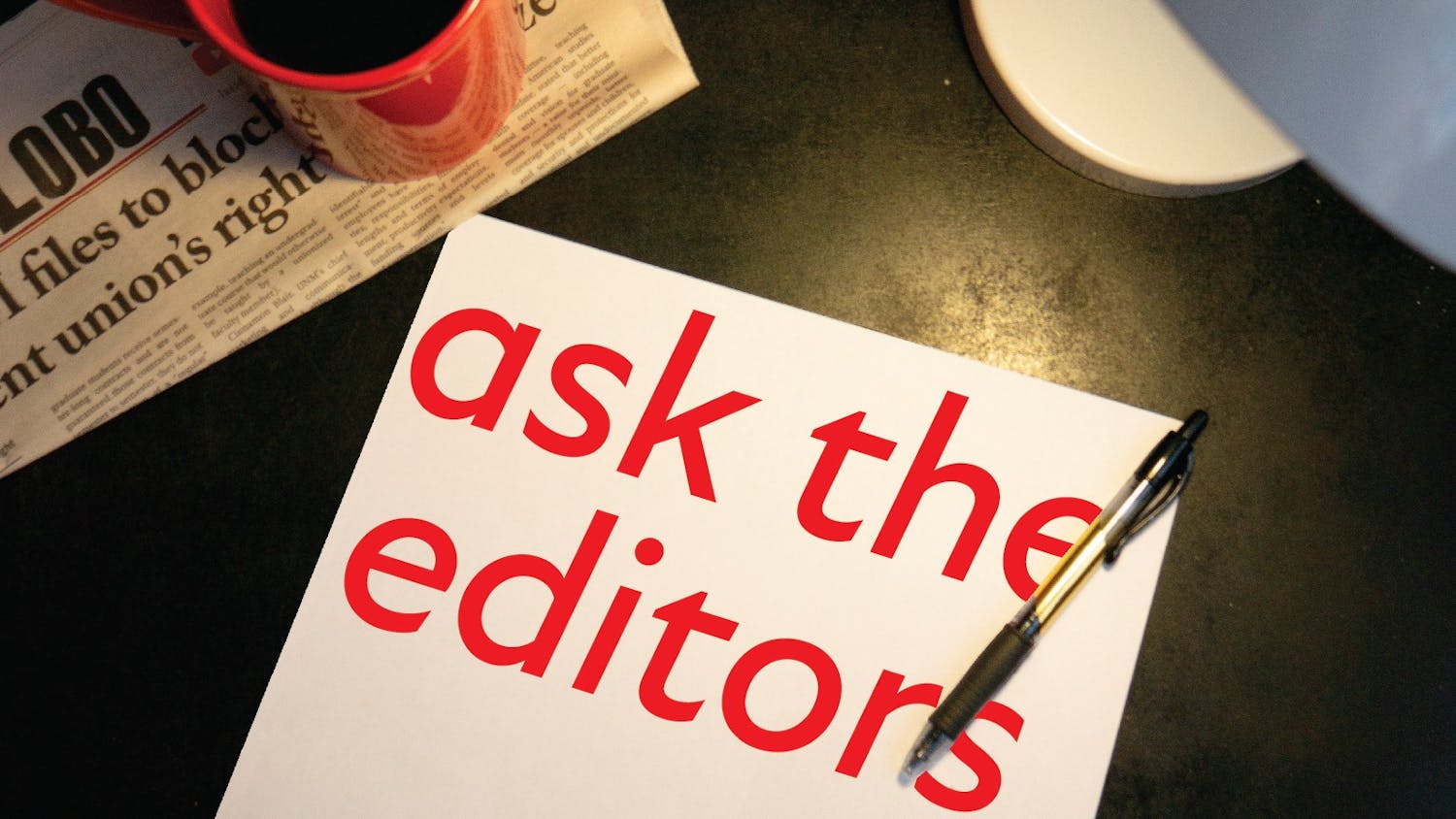A team of researchers at the University of New Mexico is looking to revolutionize how the field of orthopaedics handles ligament reconstructions through the development of new technology and surgical methods.
Overseen by the Department of Orthopaedics and Rehabilitation on North Campus and the Engineering Department on Main Campus, Assistant Professor Dr. Christina Salas and a rotating team of about 15 engineering students are looking to solve the problem of surgical grafts degrading over time, which causes problems down the line for patients who receive them. Typically, surgeons will take part of a tendon from another area of the patient’s body to replace the damaged ligament.
Salas identified several issues with this technique, including taking functioning tendons from other parts of the body and the rough edges of bones by drilling and tethering new tendons, causing damage to the tendon over time. She says the biggest issue, though, is that the tendons do not match the damaged ligament exactly.
“The mechanical properties of the tendon that you’re using to replace the ligament are similar but not identical, so over time the tendons...start to become lax and pull apart,” Salas said. “There is not an ideal surgical treatment to address that issue.”
Other researchers around the country are studying techniques to create artificial substitute ligaments, but Salas said none of these techniques will solve all the problems with the current standard surgery.
“I see that when you just create a substitute or ligament alone, you’re still going to have the same problems surgically as taking a ligament and putting it there. You need to try to recreate everything related to that ligament, including the interface that connects it to the bone,” Salas said.
Salas described the new technology as a combination of 3D printing and near-field electrospinning. From an MRI or CT scan, she said a model could be made of the ligament and connective tissue that will exactly replicate those in the patient’s body.
She said the team is concentrating its efforts on smaller ligaments primarily in the hand and wrist first to prove feasibility, then they are hoping to apply the same technology to larger joints such as the knee and shoulder.
If the research does expand to this level, this technique could help solve the growing plague of serious ligament injuries in young athletes, including UNM student-athletes. Dave Bracken, the head coach of the men’s rugby team, said he sees great potential in this research for the future of the team and all sports whose athletes are affected by these injuries.
“The science behind this medical research is exponential in its impact, particularly in athletes. The success rates of surgeries, the downtime for adjustment, and the rehabilitation period are all factors that contribute to the ability to return to a state of normalcy. The ability to print what was torn or broken mitigates those factors and risk,” he said.
According to Salas, after they determine the best options for technology and material, the next step for the study is animal testing for biocompatibility, followed by a large-scale clinical trial phase. She said she hopes the technology will be available for patients in about five years.
“Torn ligaments and broken bones would no longer mean a life decision to walk away,” Bracken said.
Get content from The Daily Lobo delivered to your inbox
Gabriella Rivera is a news reporter for the Daily Lobo. She can be reached at news@dailylobo.com or on Twitter @gabbychlamps.





